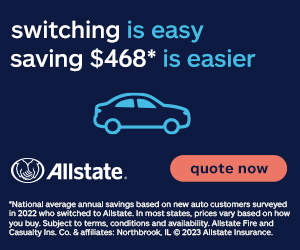It might be a strange practice, but it’s practical. UPS drivers don’t turn left and it saves them 10 million gallons of gasoline every single year. But wait, that doesn’t exactly make sense if you think about it. Doesn’t it cost the same amount of gasoline to turn left as it does to turn right?
Let’s dig deeper to find out.
UPS gives its drivers specific routes to follow and they don’t include the shortest distance between two points sometimes. This is part of the policy that the drivers shouldn’t turn at all through the oncoming traffic. This means they shouldn’t turn left in countries where they drive on the right and vice versa.
The reason that UPS wants to eliminate left turns, is because of a concept introduced in the 50s. George Dantzig introduced the problem of routing vehicles in 1959 and over 50 years later, there is still no solution.

UPS has moved away from trying to find the shortest route. It instead tells its drivers to optimize the journey by avoiding traffic. This reduces the chances of accidents and delays. This also, in turn, saves fuel. This practice sometimes makes its vehicles turn away from their destination, but it saves the company a ton of money on gas.
This was even tested on the popular show Mythbusters, and they found that even though they ended up taking more turns, they traveled less overall. This raises the question, how much can this strategy actually save you fuel and milage in the long haul?
Here are the stats from UPS:
The routing software that is in use at UPS helps to eliminate as many left-hand turns as possible. Typically, nearly 10% of all turns are left turns which saves UPS 10 million gallons of gasoline.

As a result, the company reduces carbon emissions by 20,000 tons every year and delivers 350,000 more packages. That is an example of profitability going hand in hand with environmentalism. Not only that, but UPS has cut the number of trucks on the road by 1,100. It has also reduced the total distance it travels by 28.5 million miles.
However, it’s not really efficient for every single journey, it really only works for long journeys. A lot of UPS trucks have to drive really long distances between destinations, sometimes their trucks even have to go cross country. Hence, it’s important to differentiate between the needs of a billion-dollar company and your daily commute to work. However, if your workplace is extremely far from your home, maybe you could try this out!
In whatever the case, this genius strategy can really contribute to efficiency and saving the planet.
